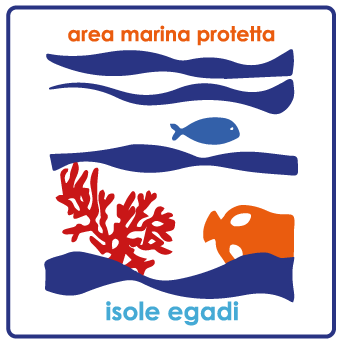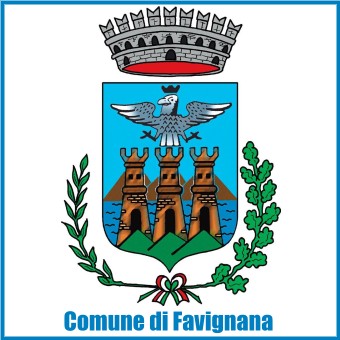 The Mediterranean tuna first recall an image, which it is the symbol and common place in a bloody fishing time and curiosity folk. This trap is almost always Sicilian.
The Mediterranean tuna first recall an image, which it is the symbol and common place in a bloody fishing time and curiosity folk. This trap is almost always Sicilian.
complex task, a vital time for some coastal districts, by fairly deep historical territorial implications, It is thus reduced to its final moment, the slaughter, and more or less unconsciously identifies with a pseudo-holiday fun fact, almost like “moment of truth” bullfighting Iberian.
The geo-economic significance of the trap, and the great trap in a special way, It is much more extensive: the end of the last large plants of this ancient coastal maritime activity symbolizes the process of extinction, sometimes slow, sometimes fast, the Mediterranean world, with its micro-economies systems in symbiosis, splendid survivals of material cultures destined to succumb in the impact of “aspazializzazione” technological and overpowering, perhaps for inability of renewal.
The largest tuna of the Mediterranean, of which in Val di Mazara there are excellent examples, I'm (or rather they were) something more than ingenious traps to catch a famous migrant fish of ancient gastronomic reputation. Carlo Francesco d'Amico, early nineteenth century author of an interesting treatise on Sicilian tuna, Talks about “fertile fishing”, of “Fertility fishery”, with obvious analogy to the crops of the earth, the coastal sea perceived as fruitful donor and life multiplier.
The plants in Sicily have always been more numerous to significant economic than in any other region of the Mediterranean coastal both the island's position for maritime vocation of large sections of its coasts, cemented by density of population. The D'Amico reminds forty traps “course”, ie intended for the outward migration from the Strait of Messina in Sciacca, and a dozen plants to catch tuna “back”, that is, after the breeding season on the southern and eastern coasts of the island. Sources archival recall roughly the same traps mentioned by D'Amico over two centuries later and even the late nineteenth century most of them were in work.
The real decline begins between the two world wars, but only from the late fifties it becomes rapid and unstoppable.
The crisis in Sicily reflects the general in the Mediterranean, but it is even more serious because the island has always been the focus of the tuna catches. Located as it is at the center of the Mediterranean, and thus joins the race and the return of fish.
The majority of coastal fishing sections with the oldest and most important plants are the Trapani coast from the Gulf of Castellammare to the Egadi islands, the coast of Palermo (worthy of note are the ruins of tuna Bear in Punta Raisi, complexes Sòlanto, of Vergine Maria in Palermo, St. Nicholas and Trabia), the Gulf of Patti and Milazzo, the coast of Syracuse.
Already the extent of the catch between 1955 and the 1960 understand what are the systems designed to resist longer: Favignana, Queen of the traps, whose production then it equaled that of all other Sicily put together, then Formica, on the islet of the same name, complementary to the first; and then San Cusumano and Bonagia, on the coast to the east of Trapani, Scopello and again over the Gulf of Castellammare.
 Great historical traps, as Oliveri and San Giorgio di Patti in Messina, Sòlanto in the Palermo, Capo Passero and Santa Panagia on the cusp southeast, denoted already more than twenty years ago a small production, closing omen.
Great historical traps, as Oliveri and San Giorgio di Patti in Messina, Sòlanto in the Palermo, Capo Passero and Santa Panagia on the cusp southeast, denoted already more than twenty years ago a small production, closing omen.
One aspect of the traps, less well known and yet the historical-geographical-economic survey, It covers the trackside assemblies.
The more stable traps possessed of substantial coastal plants, support to fishing activity carried out with large fixed gillnets. It was of two types plants: warehouses and facilities for the custody and the technical-logistic support apparatus Fishing (networks, anchors, floats, common drive, boats etc.), usually we arranged around an open esplanade sea (marfaraggio); buildings and sheds, for the processing of tuna caught and for its preservation, often located together with residences for the crew chief (President) and fishermen (tonnaroti) around a large courtyard (Bggiu).
 These processing plants have sometimes reached the size of real industrial factories, especially when, in the second half of the nineteenth century, spread the processing of canned tuna pickled, a typical processing “Mediterranean”, since he used his sea salt, the olive oil, fresh tuna and tuna-hand experience of opera specialized by tradition.
These processing plants have sometimes reached the size of real industrial factories, especially when, in the second half of the nineteenth century, spread the processing of canned tuna pickled, a typical processing “Mediterranean”, since he used his sea salt, the olive oil, fresh tuna and tuna-hand experience of opera specialized by tradition.
Industrial plants most important were related to the traps of Favignana and Formica, San Vito Lo Capo and also of San Cusumano and Bonagia. Some plant continues to produce, but with increasing difficulty. Almost everyone nowadays are of great interest from one point of view-industrial archeology.
Some of the factors of the decline can be identified more intense humanization of coastlines, in pollution chemical, organic and inorganic, noise pollution as it leaves the fish, competition in ship-Japanese tuna or smaller but equipped Italian ships (which supplies frozen tuna to big food industry), the difficulty in finding rais and crews prepared and willing to tough seasonal life and segregated, in convenience for the owners of the plants to be seduced by the lure of the tourist-estate speculation: a large tuna transformed into a residence "is different holiday”.
At least one plant could, should indeed, be saved, and destined to a cultural use, as the "museum of the trap”, including the industrial plant.
Favignana plant was one that more than any other has made this goal.
Favignana: returns to the Slaughter, Article by Republic 26-02-2016
Visit our article: The Tonnara Florio Favignana, the Museum of the Egadi Islands





























